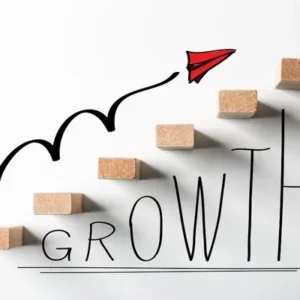South Asia’s economy is expected to grow strongly at 6.6 percent in 2025, maintaining its position as the world’s fastest-growing region. However, a slowdown is projected ahead, with growth forecast to ease to 5.8 percent in 2026, according to the World Bank’s latest South Asia Development Update: Jobs, AI, and Trade. The report warns that regional growth faces mounting challenges from the global economic slowdown, shifting trade policies, socio-political unrest, and labor market disruptions linked to emerging technologies such as artificial intelligence (AI).
World Bank Vice President for South Asia, Johannes Zutt, emphasized that while the region holds immense economic potential, countries must take proactive steps to address risks and sustain growth momentum. He noted that South Asia can spur private investment, improve productivity, and generate jobs for its expanding labor force by embracing technology, especially AI, and by lowering trade barriers—particularly on intermediate goods critical for manufacturing.
The report highlights that South Asia remains one of the least open regions to international trade and finance. High tariffs continue to protect sectors where job opportunities are shrinking, while simultaneously hampering manufacturing growth by imposing steep tariffs on imported intermediate goods—more than double those found in other emerging markets. In contrast, sectors such as services, where tariffs are lower, have driven nearly three-quarters of employment growth over the past decade. The World Bank suggests that carefully sequenced tariff reductions within broader free trade frameworks could stimulate investment, competitiveness, and job creation.
The rapid rise of AI is reshaping economies globally, and South Asia faces both risks and opportunities in this transition. The region’s workforce, largely employed in low-skill and manual labor, has limited exposure to AI, yet moderately educated youth in business services and IT are increasingly vulnerable to automation. Since the release of ChatGPT, job postings in roles most susceptible to AI replacement have declined by around 20 percent. However, AI also presents opportunities to enhance productivity, with growing demand for AI-related skills and wages for such roles averaging nearly 30 percent higher than other professional positions.
To mitigate risks and harness new opportunities, the World Bank recommends a comprehensive policy approach focused on accelerating job creation and supporting economic transformation. Priorities include reforming size-based regulations that restrict business growth, improving digital and transport infrastructure, facilitating housing mobility, and enhancing skills training and job matching. Safety nets for workers affected by automation and economic shifts are also crucial.
World Bank Chief Economist for South Asia, Franziska Ohnsorge, underscored that greater trade openness and responsible AI adoption could be transformative for the region. She highlighted the importance of policies that allow workers and firms to transition efficiently across sectors and locations, thereby channeling resources toward more productive and resilient parts of the economy. The World Bank also released its country-specific development updates for Bangladesh and Sri Lanka, providing further insights into national economic trends within the region.







